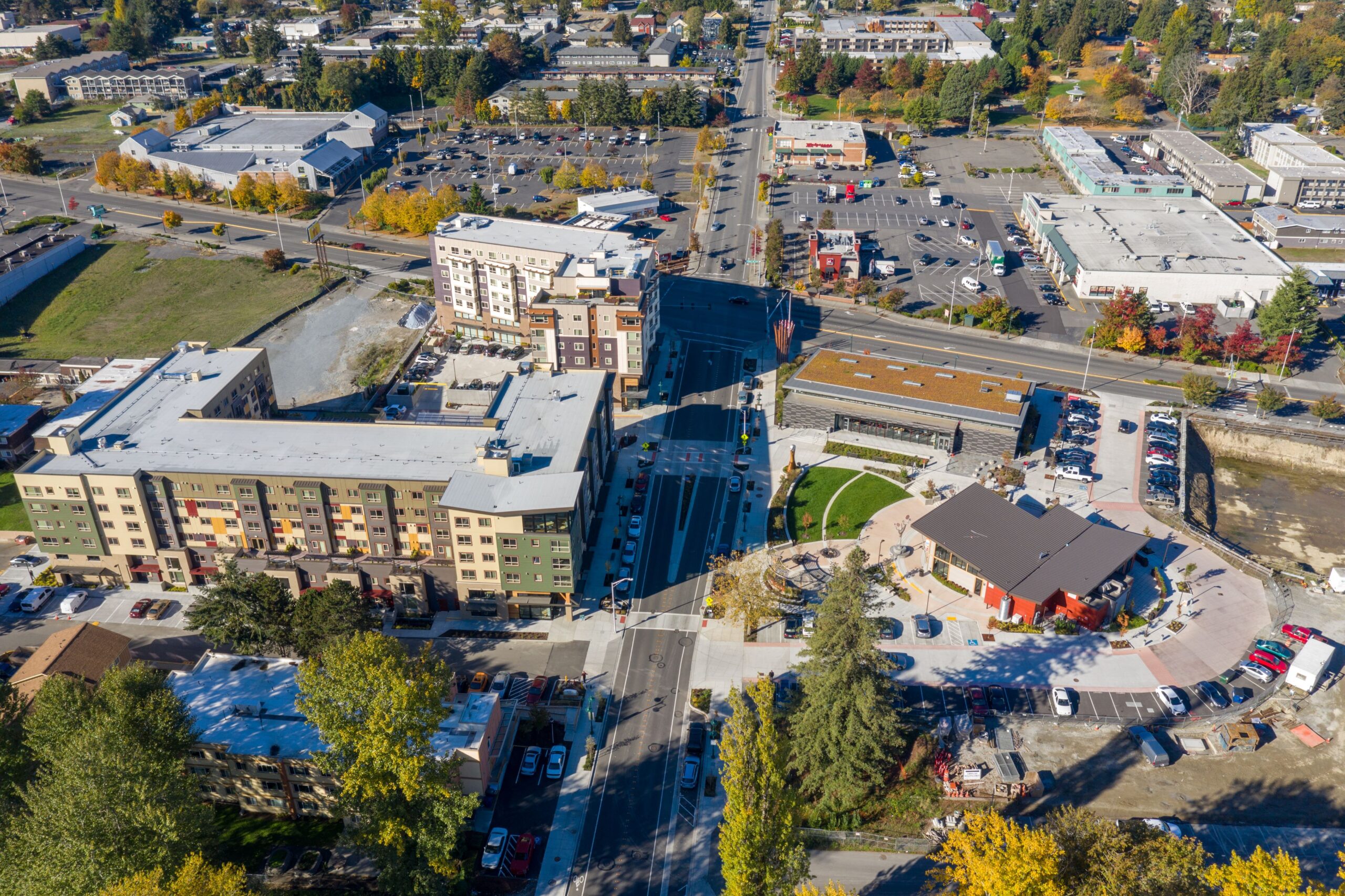The United States’ highest minimum wages are found in these five Bay Area cities

Since 2009, the federal minimum wage has remained stagnant at $7.25 per hour, prompting numerous cities and states to independently establish higher standards. As of January 1, minimum wage earners in 22 states, along with 38 cities and counties, experienced an increase in pay. Currently, the highest minimum wages in the United States, including Washington, D.C., are as follows: D.C. ($17), Washington ($16.28), California ($16), Connecticut ($15.69), and New Jersey ($15.13). Additionally, New York, Massachusetts, and Maryland have set their minimum wages at $15.
At the local level, 58 cities and counties have surpassed their state’s minimum wage, with the top 10 all situated in the West. Tukwila, Washington, leads with $20.29, followed closely by Seattle ($19.97) and SeaTac, Washington ($19.71). Notably, this year’s state and local minimum wage increases are expected to impact approximately 9.9 million workers, according to the Economic Policy Institute. Among the January 1 increases, 14 were a result of automatic inflation adjustments, while Washington, D.C., and Oregon have scheduled adjustments on July 1 each year. Notably, Hawaii recorded the highest increase, with a $2 raise to $14, representing a 28% boost.
The demographic characteristics of individuals earning minimum wage or less in 2022 are outlined in a 2023 report from the Bureau of Labor Statistics. The key findings include:
- Youthful: 45% are below the age of 25.
- Gender Disparity: 2% of women fall into this category, as opposed to 1% of men.
- Racial Disparity: 2% are Black, in contrast to 1% among all other race and ethnicity groups.
- Part-time Employment: 3% work fewer than 35 hours per week, compared to 1% of full-time workers.
- Industry Focus: 3 in 5 of all workers at or below the federal minimum wage level are employed in restaurants, bars, and other food services within the leisure and hospitality industry.
- Educational Background: 2% have some college experience or hold a two-year degree, as opposed to 1% of workers without a high school diploma or those with a bachelor’s degree and higher.
Furthermore, federal data indicates that the federal minimum wage has remained at $7.25 per hour since 2009, marking the longest period without a wage increase since the inception of the U.S. minimum wage in 1938.

